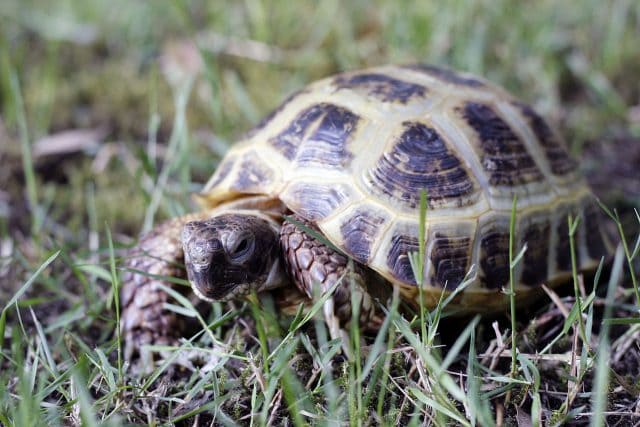Type the name of the breed you're looking for below
[wpdreams_ajaxsearchlite] Don't see the breed your're looking for? Click here and let us know!
Central Asian Tortoise
| Place of Origin and Range | This tortoise's habitat is North Africa, southern Europe, and south west Asia. It is prevalent in the Black Sea coast of the Caucasus (from Russia Anapa to Abkhazia Sukhumi to the south), as well as in Georgia, Armenia, Azerbaijan, and Dagestan. |
| Description | Males tend to have longer tails generally tucked to the side; females have a short, fat tail. The male has a slit-shaped vent (cloaca) near the tip of its tail; the female has an asterisk-shaped vent (cloaca). Russian tortoises have four toes. Colouration varies, but the shell is usually a ruddy brown or black, fading to yellow between the scutes, and the body is straw-yellow and brown. |
| Morph Patterns Available | Yes |
| Adult Size | Can grow up to 8in(20cm) |
| Accommodation | They require large enclosures, temperatures above 60 °F (16 °C), and bedding composed of grasses or grass-based hay. Due to their high dietary fibre needs, grasses form a minimum of 75% of their food intake. Including large amounts of clean, fresh water. |
| Lifespan | Can live 10+ years |
| Feeding / Diet | Diet consists mainly of romaine lettuce, greens(dandelion, turnip, mustard and collard), fruit or tortoise chow. The food should occasionally be supplemented with calcium D3 and additives. |
| Breeding | The male tortoise courts a female through head bobbing, circling, and biting her forelegs. When she submits, he mounts her from behind, making high-pitched squeaking noises during mating. |
| Other Considerations | Watch for theses health concerns carefully with your tortoise. Vitamin A Deficiency: Vitamin A is an important nutrient for your tortoise’s health. It is found in his diet in the form of leafy green, orange or yellow vegetables, liver, and fish. If your tortoise is not getting enough Vitamin A, he can suffer serious health problems. Always check to make sure that your tortoise does not have swollen eyelids, as this is the main sign of a Vitamin A deficiency. Also, check for weight loss, nasal discharge and infected skin. Any of these symptoms could point to a deficiency. If you think your tortoise may not be getting enough Vitamin A, you should take him to the veterinarian to get a firm diagnosis. Shell Problems: Your tortoise's shell is very important to his overall health. There are many potential problems that could occur, so you should be on the lookout at all times. Respiratory Disease: Respiratory infections have symptoms similar to vitamin A deficiency, including swollen eyelids and runny nose, so you should take your tortoise to the veterinarian to get a proper diagnosis if you suspect either. More serious infections will be characterized by breathing through the mouth, mucus in the mouth, and wheezing. Always make sure your tortoise’s environment has the proper amount of humidity, as this will help prevent respiratory problems. |



